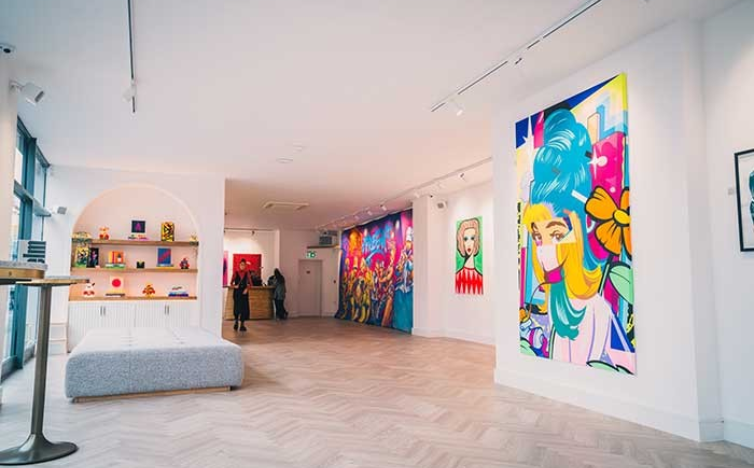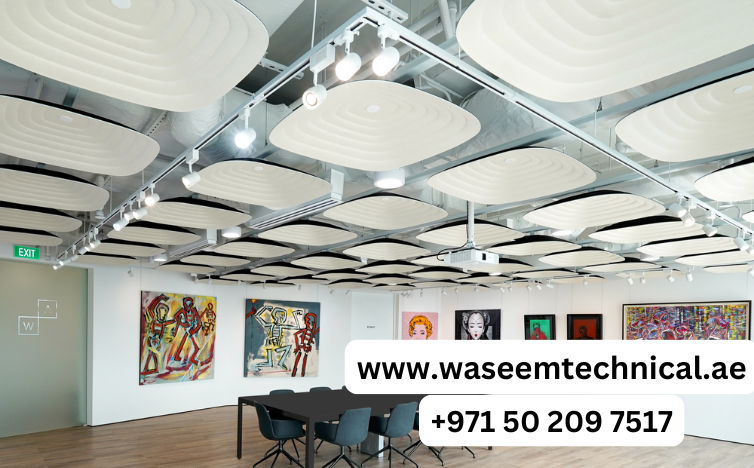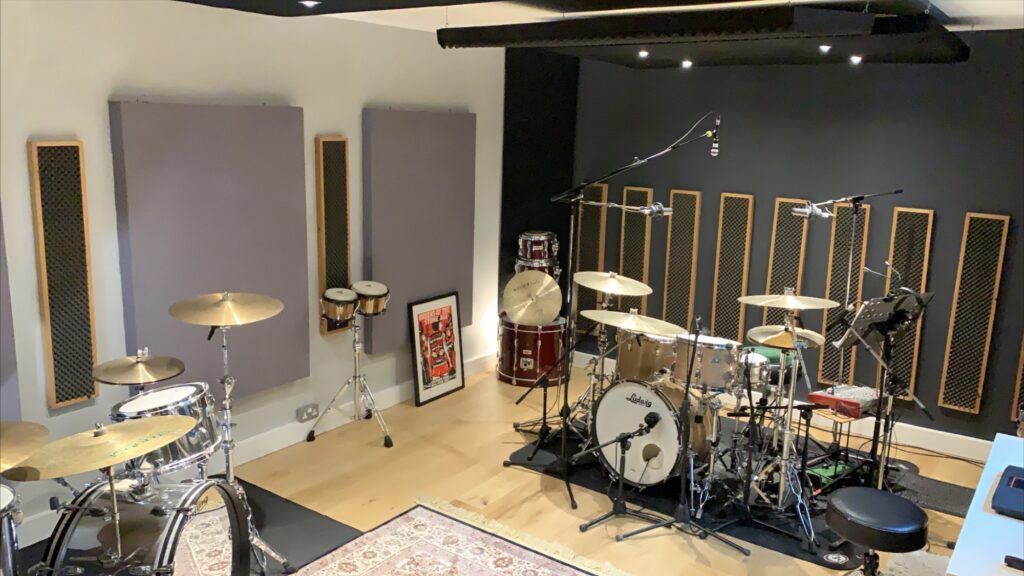In the world of modern art galleries and exhibition spaces, the focus has traditionally been on visual aesthetics. However, the role of acoustics is increasingly recognized as a critical element in shaping visitor experiences. Sound design, when thoughtfully integrated, can elevate the ambiance, guide emotions, and create a harmonious balance between auditory and visual art forms. This article delves into the art of acoustics and its transformative impact on contemporary exhibition spaces.
The Role of Acoustics in Art Galleries
Acoustics in art galleries is not merely about controlling noise; it’s about creating an immersive environment. Sound can influence how visitors perceive and interact with art. For instance, a quiet, reflective space can enhance the contemplation of a painting, while subtle background music or soundscapes can complement multimedia installations. Proper acoustic design ensures that sound enhances rather than distracts, allowing art to speak for itself.
Challenges in Acoustic Design for Exhibition Spaces
Modern galleries often face unique acoustic challenges. Open-plan layouts, high ceilings, and hard surfaces can create echoes and reverberations that distort sound. Additionally, the integration of multimedia exhibits, which often include audio components, requires precise sound management. Acoustic designers must balance these challenges to create spaces that are both functional and aesthetically pleasing.
Innovative Acoustic Solutions
To address these challenges, galleries are adopting innovative acoustic solutions. Sound-absorbing materials, such as acoustic panels and fabric-covered walls, are strategically placed to minimize echoes. Advanced sound systems with directional speakers ensure that audio is localized to specific exhibits without spilling into adjacent spaces. Some galleries even employ adaptive acoustics, where soundscapes are tailored in real-time to match the mood of the exhibit.

The Intersection of Sound and Art
The integration of sound in art galleries goes beyond technical solutions—it’s an artistic endeavor in itself. Sound artists and acoustic designers collaborate to create installations where sound becomes an integral part of the artwork. From ambient noise compositions to interactive soundscapes, these collaborations push the boundaries of how art is experienced, engaging multiple senses simultaneously.
The Future of Acoustics in Art Spaces
As technology advances, the possibilities for acoustic design in galleries are expanding. Virtual reality (VR) and augmented reality (AR) are introducing new dimensions to soundscapes, allowing visitors to experience art in unprecedented ways. The future of acoustics in art spaces lies in its ability to seamlessly blend with visual art, creating holistic environments that captivate and inspire.
Call us: Contact Waseem Technical Soundproofing Expert in Dubai For Soundproofing: +971 50 209 7517
Conclusion
The art of acoustics is redefining modern galleries and exhibition spaces, transforming them into multisensory experiences. By carefully crafting soundscapes, galleries can enhance the emotional and intellectual impact of art, ensuring that every visit is memorable. As the boundaries between sound and visual art continue to blur, the role of acoustics will only grow in importance, shaping the future of artistic expression.




